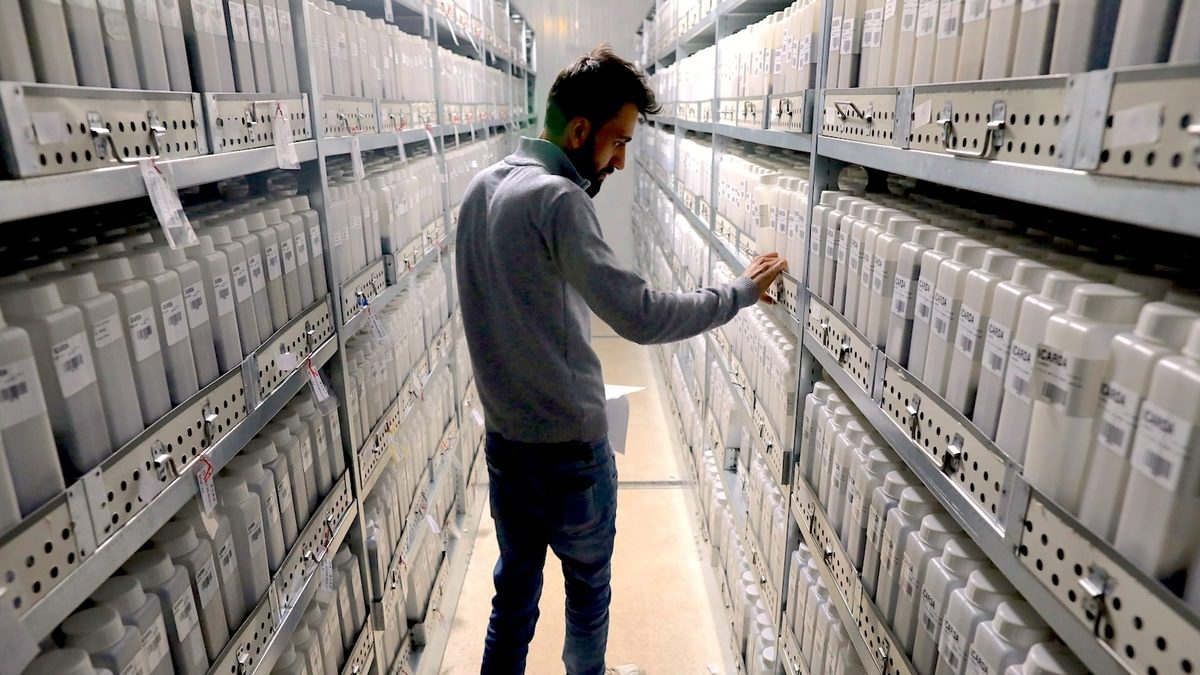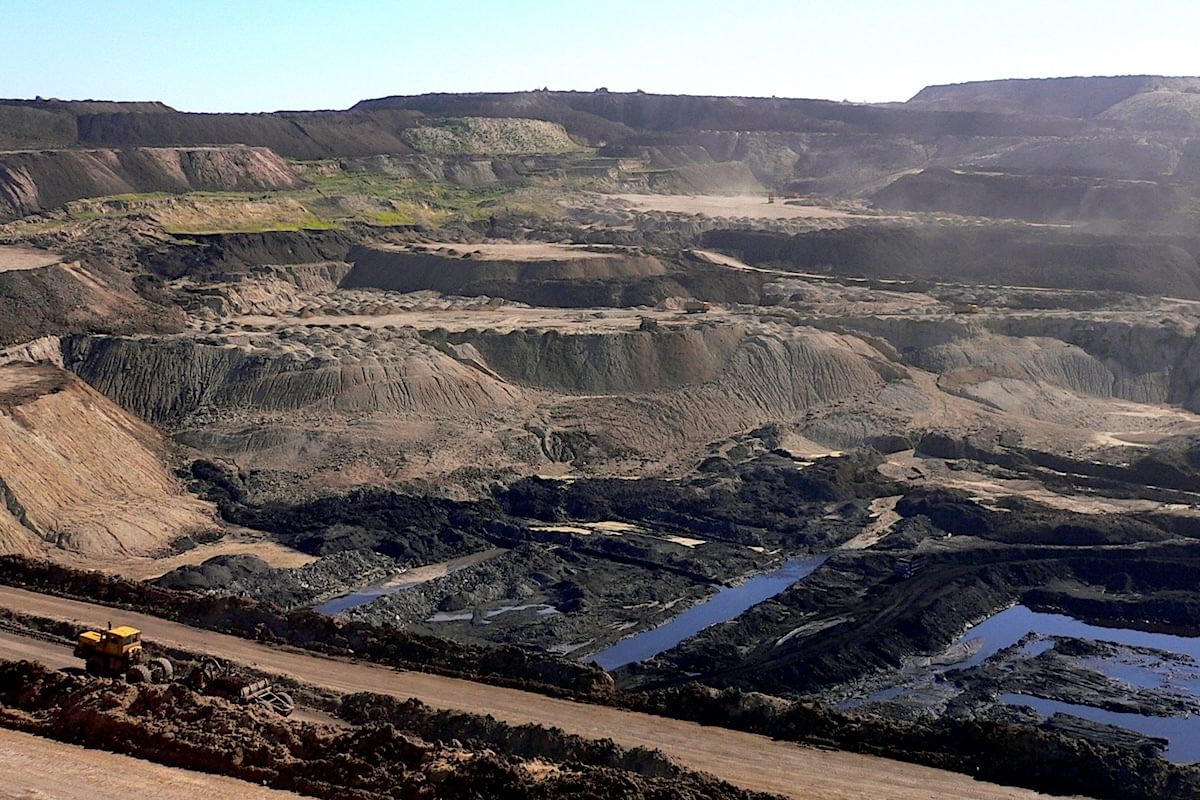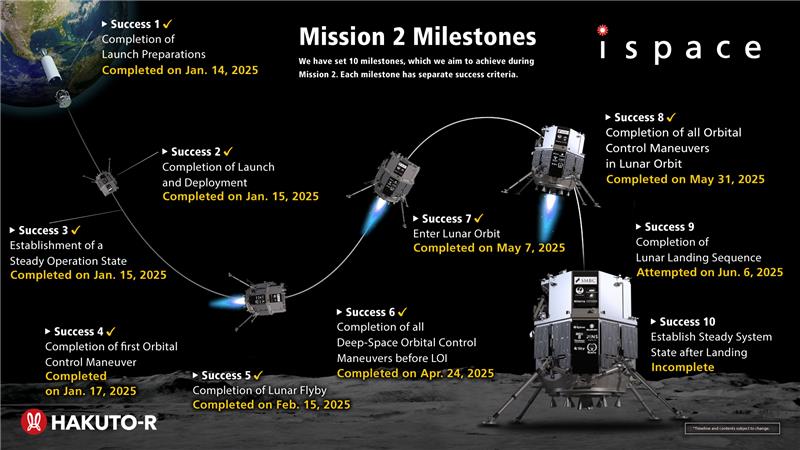Google holds to ambitious net zero goal despite another big emissions hike
The tech giant’s carbon footprint has swelled 51 percent since the 2019 baseline year for its 2030 commitment. The post Google holds to ambitious net zero goal despite another big emissions hike appeared first on Trellis.

Google remains committed to its “intentionally ambitious” pledge to achieve net zero by 2030 — even though the company’s overall greenhouse gas emissions have increased dramatically since its 2019 baseline year.
Google’s emissions reduction strategy, which it says was validated by the Science Based Targets initiative (SBTi) in February, calls for a 50 percent cut to its market-based Scope 1 and 2 emissions (for operations and purchased energy) and to its Scope 3 supply chain footprint. Google plans to “neutralize” the residual emissions with carbon removals.
The integrity of that target is unclear, according to an analysis published June 26, and Google’s 2025 environmental report casts further doubt. The tech giant’s total footprint rose 11 percent in 2024, reaching 11.5 million metric tons of carbon dioxide equivalent (CO2e).
That total excludes some emissions related to Alphabet’s operations, which aren’t part of Google’s SBTi-validated goal. Without those exclusions, the company reported 15.2 metric tons in emissions.
Either way, Google is reporting a cumulative increase of 51 percent since 2019, which is a lot of ground to make up over the next five years, particularly given the hostile U.S. policy climate for clean energy, voracious interest in artificial intelligence and uncertainty over the future direction of greenhouse gas accounting rules.
“The thing with a moonshot goal is it is intentionally ambitious,” said Google Chief Sustainability Officer Kate Brandt. “It can seem impossible at the time that it’s set, and we know that this kind of innovation is not going to be linear. It can take longer than expected, but we do really feel like continuing to pursue these moonshots.”
Obstacles ahead
The biggest drag on Google’s progress in 2024 was the emissions associated with its capital expenditures and use of sold products, which leapt 38 percent to 6.3 million metric tons of CO2e. That’s more than half of Google’s Scope 3 total, and it’s related primarily to construction of new data centers.
Another obstacle that’s beyond Google’s control are the fossil fuels-dominant grids in key regions outside the U.S. “Asia Pacific remains a really big challenge, both for our own operations and also for our suppliers,” Brandt said.
Google is getting around those obstacles by being “resourceful.”
In Singapore, for example, the company is supporting a plant that will burn waste wood along with pilot-scale carbon capture technology. In Taiwan, it is developing a 1 gigawatt solar project portfolio. Some of the power the installations produce may be offered to suppliers and manufacturers in the region, home to many semiconductor plants. It took five years of collaboration to make the partnership possible, Google said.
Getting suppliers to transition to clean power is a heightened focus — independent analysis suggests it could be one-third of the company’s footprint — and Google supports a number of projects meant to encourage alignment with its goals.
In 2023, for example, it started asking key suppliers to adopt a Clean Energy Addendum that commits them to using 100 percent renewable energy by 2029 for the electricity they use to produce Google products.
The company doesn’t have a publicly stated goal for participation, but Brandt said many key suppliers have signed on.
Bright spot: data center emissions
One thing that makes Brandt optimistic is the reduction Google reported for its data center emissions, which it cut 12 percent to 3.1 million tons of CO2e in 2024 despite a 27 percent increase in electricity consumption.
The biggest story is Google’s contracts to procure carbon-free energy, which aim to achieve 100 percent by 2030; the company’s latest calculations put it at 66 percent.
Google signed deals to put 8 gigawatts of geothermal, nuclear, solar and wind power on global grids in 2024, more than in any other year. That’s about four times the company’s incremental load growth between 2023 and 2024. It’s trying to get ahead of demand.
From 2010 to 2024, Google contracted for more than 22 gigawatts of power, which is roughly the amount of electricity used by Portugal annually. The impact of those purchases is an estimated 44 million metric tons of CO2e in avoided emissions, according to Google’s report. The company has also invested about $3.7 billion in projects aside from its power purchase agreements; those installations will eventually produce about 6 gigawatts.
Energy efficiency measures such as changes to cooling technology, new chips for AI processing and changes to Google’s software coding models for training AI algorithms were equally important for reducing data center emissions. The net effect is that Google’s data centers can deliver six times more computing power per unit of electricity than five years ago, the company said.
AI’s emissions-slashing potential
Another topic you’ll hear Brandt raise frequently in the months ahead is the potential for Google’s services to enable up to 1 gigaton of emissions cuts for customers.
Last year, for example, the company introduced a tool that lets marketers measure the emissions associated with specific campaigns. Google is already using AI to help schedule non-urgent computing tasks — such as processing YouTube videos —where and when emissions are lower.
Google has pledged to help cities, businesses, individuals and other partners cut emissions by 1 gigaton of CO2e by 2030. It hasn’t reported its cumulative progress against that goal, but in 2024 five of the company’s AI-enabled products helped others cut emissions by 26 million metric tons. They were the Nest thermostat, Google Earth Pro, a solar planning tool, fuel-efficient routing in Google Maps and the Green Light city traffic optimization resource.
“This is indicative of the huge potential we have for AI to be a major environmental solution,” Brandt said.
The post Google holds to ambitious net zero goal despite another big emissions hike appeared first on Trellis.























































































































































